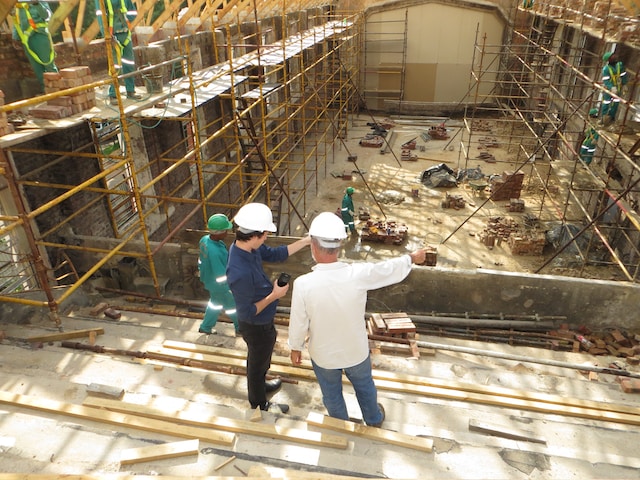Aircraft parts consignment helps operators save money and valuable storage space by turning unused or unneeded components into cash. However, it’s important to select a program that operates in the best interests of your assets. Startup airlines and small fleet operators may avoid the upfront costs of acquiring and maintaining an inventory of airframe spare parts with a power-by-the-hour consignment arrangement. Additionally, having the details onsite minimizes shipping costs and aircraft downtime.
Streamlined Inventory Management
Aircraft parts consignment programs help reduce inventory management costs for companies by ensuring that the right amount of inventory is always in place. This preventive approach also saves on storage fees and the potential for obsolescence of unused spare parts. In a consignment inventory agreement, the operator entrusts their spares to the supplier for sale and only pays for what they consume. This can be advantageous for high-value or no-fly parts, such as engines with a limited lifespan. It may ruin their remaining life while sitting idle in the operator’s facility. In addition, having the parts onsite eliminates the need to pay for shipping and courier costs, further reducing operating expenses. The agreement can be flexible, with both parties deciding on terms such as the consignment period duration and payment schedules. Both parties can also benefit from regular communication and reporting. This ensures that the correct inventory amounts are in place and can be quickly restocked as demand changes.
Reduced Maintenance Costs
Many airlines and MROs want to avoid committing the capital needed to acquire a large spare parts inventory upfront. Moreover, keeping large lists on hand can be costly for companies that must reduce carrying costs and meet liquidity demands. Consequently, aircraft parts consignment can be an attractive alternative for these businesses. Consignment programs provide an effective way to minimize upfront costs and maintain readily available inventory by only selling parts that are required to keep the fleet flying. Selecting one that physically manages its inventory and ensures its part-sellers are responsive to AOG requests is important when choosing a program. Additionally, the program should have high visibility and transparency in its marketing strategy and part-seller history. It should also offer a back-to-birth commercial ownership trace for major and life-limited parts (LLPs). This ensures an appropriate price valuation, which supports quick revenue generation. This is a win-win scenario for all involved, including flight departments, fixed-base operators and MROs.
Reduced Downtime
Aircraft parts consignment is a great solution for aircraft operators looking to monetize their assets while freeing up valuable storage space in hangars. In addition, it can reduce the downtime an operator experiences due to having to search for or purchase aircraft parts, which can take time and money. Selecting the right partner when selling or consigning parts is important to maximize return and minimize risk. The consignment program should operate in the best interest of your inventory and be able to provide a detailed paper trail that addresses important factors like shipping costs, insurance coverage and asset value. Avoiding bulk sales to ensure that your spare parts are sold at FMV (Fair Market Value) is also important. This will help to minimize losses and maximize the returns from your surplus aircraft parts. The more streamlined your process, the less downtime you will experience in your operations and the more profit you can make.
Increased Revenue
Aircraft parts consignment offers the opportunity to turn spare inventory into revenue. As airlines and aircraft owners part-out fleets due to aging or COVID-19, they may have dormant spare parts inventory. These include avionics, black boxes, navigation equipment, high-pressure turbines and other high-value parts or life-limited cycles (LLP). By entering into a parts consignment agreement, operators pay only for the consumption of specific parts. This saves on various costs, including fixed costs for space, labor and enterprise resource planning systems, shipping and courier fees. When selecting an aircraft parts consignment program, inquire about its customer base, marketing strategies and history. Also, ask if its inventories are listed in various parts locator services and how often they are updated. This demonstrates the provider’s responsiveness to requests for aircraft parts. This helps speed up the turnaround process and reduces aircraft downtime. It also provides peace of mind that a parts supplier will have the right amount available when needed.




